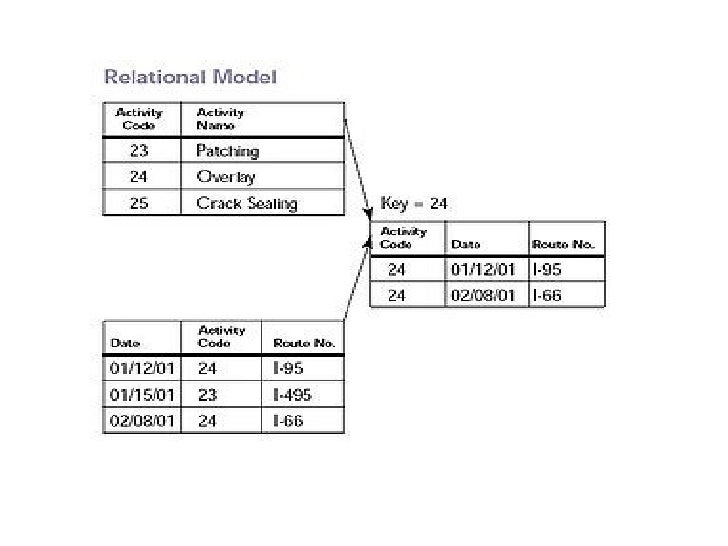
Recently, these have culminated into the GRIN-Global project, covering multiple types of genebank data ( USDA Agricultural Research Service, 2015b). Early initiatives started with stand-alone information systems in breeding programs (e.g., Haley et al., 1999 Lang et al., 2001 Heckenberger et al., 2008), or web-based systems for decision support to choose cultivars ( Jensen, 2001), or for genetic resources management by the USDA ( USDA Agricultural Research Service, 2015a) and the CGIAR ( McLaren et al., 2005). They envision automatic generation of orthogonal subsets for statistical analysis based on information on experimental context, support for continuous QTL re-mapping, association studies, gene discovery, and data mining in crop science and plant breeding. Tinker and Yan (2006) address needs for efficient storage and retrieval of crop performance data to increase their value for exploration, reporting, crop modeling, planning crosses, and retrospective statistical analysis. Phenotyping and genotyping are of main interest in crop science and breeding, plant traits also in ecology and evolution research ( Kattge et al., 2011). The biodiversity ( Wieczorek et al., 2012 Hardisty et al., 2013) and the crop modeling communities ( Bostick et al., 2004 White et al., 2013) have been identified as strong and early proponents for biological information systems ( Tinker and Yan, 2006). Information systems become increasingly important tools in biological sciences and cover a considerable part in a recent review on next-generation phenotyping ( Cobb et al., 2013). Work flows are shown as web applications for the generation of field plans, field books, templates, upload of spreadsheet data, and images. Based on clearly defined types, potential links to information systems in other domains (e.g., geographic information systems) can be better identified. Phenotype observations, which can be listed as raw or aggregated data, are linked to explanatory metadata describing experimental treatments and agronomic interventions, observed traits and observation methodology, field plan and plot design, and the experiment site as a geographical entity. Field experiments with randomized plots, as typically used in the evaluation of plant genetic resources and in plant breeding, are in the focus. Classes and entities represent domain concepts with attributes naturally assigned to them. This will make database and software design better understandable and usable for domain experts and support a modular use of software artifacts to be shared across various domains of expertise. Following an object-oriented modeling approach, we keep data and object models close together and to domain concepts. Starting from information requirements for statistical analysis, meta-analysis, and knowledge discovery, models are discussed in consideration of several standardization and modeling approaches including crop ontologies. We start from the hypothesis, that entity relationship and object models useful for software development can picture domain expertise, similar as domain ontologies, and encourage a discussion of scientific information systems on modeling level. This study describes comprehensive data and object models supporting web interfaces for multi-site field phenotyping and data acquisition, which have been developed for Central Crop Databases within the European Cooperative Programme for Plant Genetic Resources over the years and which can be used as blueprints for phenotyping information systems.

Information on the context, under which they were collected, is indispensable, and the domain is continuously evolving. Lack of access to phenotype information is still seen as a limiting factor for the use of plant genetic resources. 2Data Processing Department, Julius Kühn Institute, Federal Research Centre for Cultivated Plants, Quedlinburg, Germanyĭocumentation of phenotype information is a priority need in biodiversity, crop modeling, breeding, ecology, and evolution research, for association studies, gene discovery, retrospective statistical analysis and data mining, QTL re-mapping, choosing cultivars, and planning crosses.

1Institute for Breeding Research on Agricultural Crops, Julius Kühn Institute, Federal Research Centre for Cultivated Plants, Quedlinburg, Germany.


 0 kommentar(er)
0 kommentar(er)
